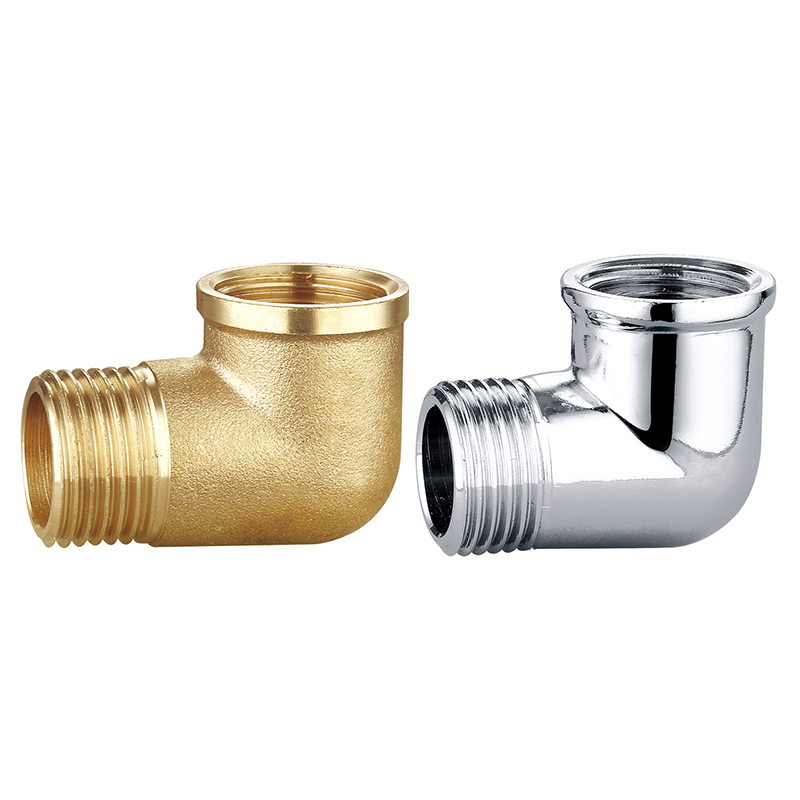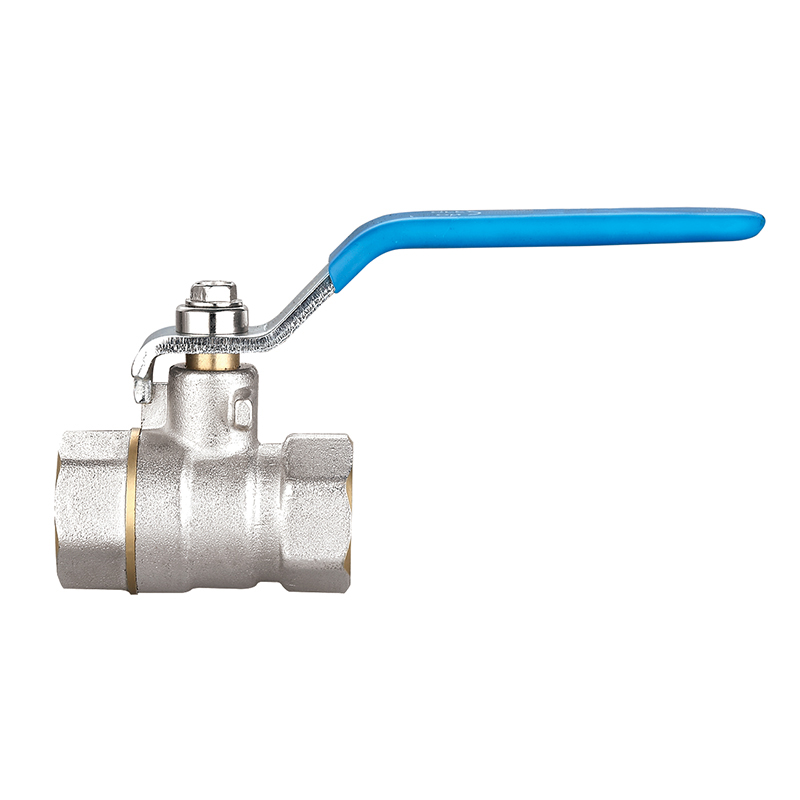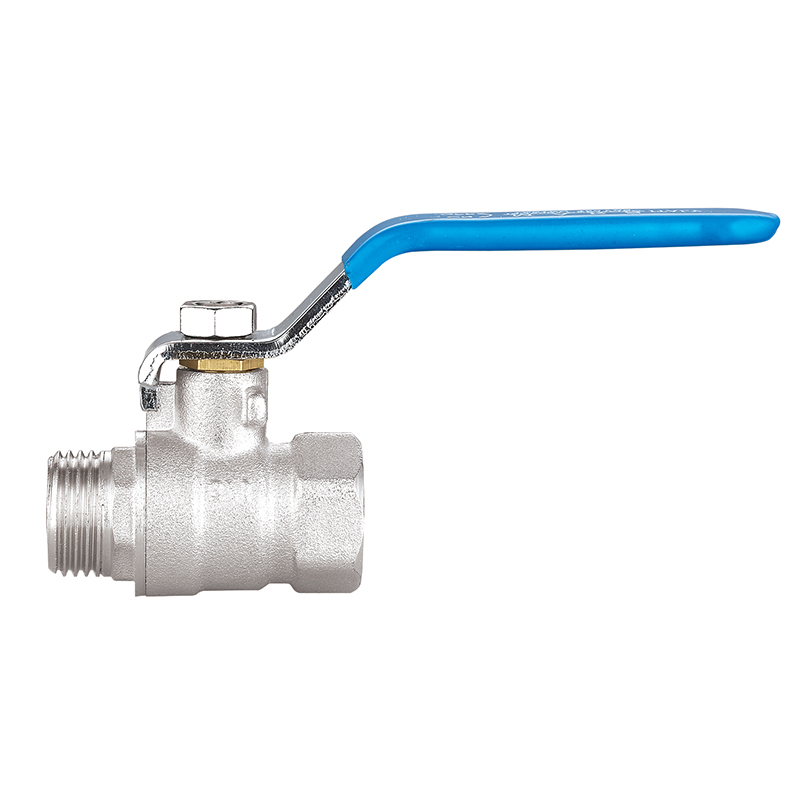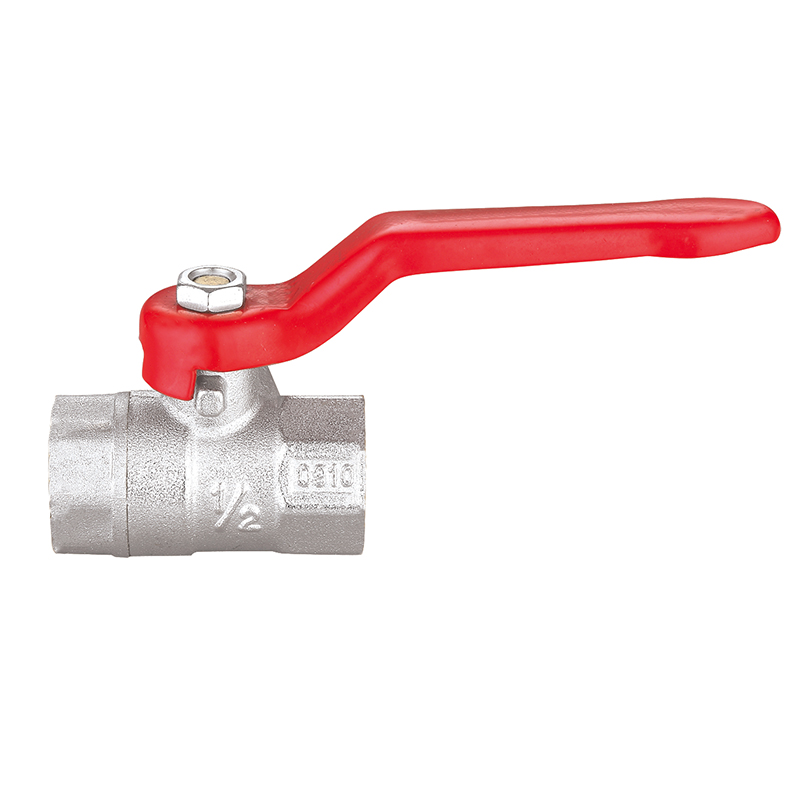The Crucial Role of Pipe Fittings in Building Reliable and Efficient Fluid Systems
2025-07-11
In the complex networks that make up modern fluid transportation systems—whether for water, gas, oil, or industrial chemicals—pipe fittings are the unsung heroes that ensure seamless connectivity and system integrity. Though often overlooked, the design, selection, and installation of pipe fittings are foundational to the longevity, safety, and efficiency of piping infrastructure across residential, commercial, and industrial applications.
As industries evolve and standards tighten, the demand for high-quality, leak-proof pipe fittings has intensified. Manufacturers and engineers are focusing not only on robust materials and connection methods but also on installation practices that prevent common issues such as leaks, pressure drops, and system failures.
Understanding the Purpose and Types of Pipe Fittings
Pipe fittings serve as the critical junctions and directional changers within piping systems, allowing pipes of different diameters or materials to connect securely. They come in a variety of configurations including elbows, tees, reducers, couplings, flanges, and caps. Each fitting is designed to perform a specific function—redirecting flow, joining pipes, terminating lines, or adapting sizes.
To achieve leak-proof performance, fittings typically employ connection methods such as:
Threaded joints, which rely on precision-cut threads to form a tight seal. Common in low to medium pressure systems and easily disassembled for maintenance.
Welded joints, providing permanent, strong connections suitable for high-pressure and high-temperature applications.
Compression fittings, which use a compressive force to seal pipes without welding or threading, often for quick installation and maintenance.
The choice among these methods depends on system requirements, pipe materials, and operating conditions.

The Impact of Proper Selection on System Efficiency
Selecting the appropriate pipe fittings is more than just matching size and type; it involves understanding the operating environment and fluid characteristics. Incorrect fittings can cause turbulence, pressure loss, and even corrosion, to reduced efficiency and costly downtime.
For example, smooth-flow fittings are essential in water and chemical processing plants to minimize pressure drops and avoid sediment buildup. In gas systems, fittings must meet stringent leak prevention standards to ensure safety and regulatory compliance.
Material choice is equally critical. Stainless steel, carbon steel, copper, PVC, and brass are among the common materials used, each offering different strengths in corrosion resistance, temperature tolerance, and mechanical stress endurance.
Installation Practices to Avoid Common Pitfalls
Even the pipe fittings can fail without proper installation. Common errors such as improper threading, over-tightening, or inadequate surface preparation can lead to leaks and premature failure.
Industry experts recommend:
Using appropriate thread sealants or tapes for threaded joints.
Following torque specifications carefully to avoid damaging fittings.
Ensuring clean, properly aligned pipe ends before welding or compression.
Conducting pressure testing after installation to detect leaks early.
Training installers and using certified professionals are also key to maintaining system reliability.
Innovations Enhancing Pipe Fittings Performance
The pipe fitting industry has seen several technological advancements aimed at improving connection integrity and ease of installation:
Advanced sealing materials like PTFE liners and O-rings offer enhanced leak resistance and chemical compatibility.
Modular fittings with quick-connect mechanisms reduce installation time and enable faster system modifications.
Corrosion-resistant coatings and alloys extend the lifespan of fittings exposed to harsh environments.
Smart fittings equipped with sensors are emerging, allowing real-time monitoring of flow, pressure, and leak detection in critical systems.
These innovations contribute to reduced maintenance costs and improved system safety.
Market Trends and Future Outlook
The global pipe fittings market is experiencing robust growth driven by expanding infrastructure projects, industrialization, and the rise of smart and green building technologies. Growth sectors include oil & gas, water treatment, HVAC, and chemical processing.
Demand is also increasing for fittings compliant with international standards such as ASTM, ISO, and API, ensuring safety and interoperability across global supply chains.
Sustainability concerns are prompting manufacturers to develop eco-friendly materials and recycling programs, while automation and digitalization are influencing installation and monitoring practices.
Whether you want to become our partner or need our professional guidance or support in product selections and problem solutions, our experts are always ready to help within 12 hours globally.




 русский
русский Español
Español عربى
عربى





